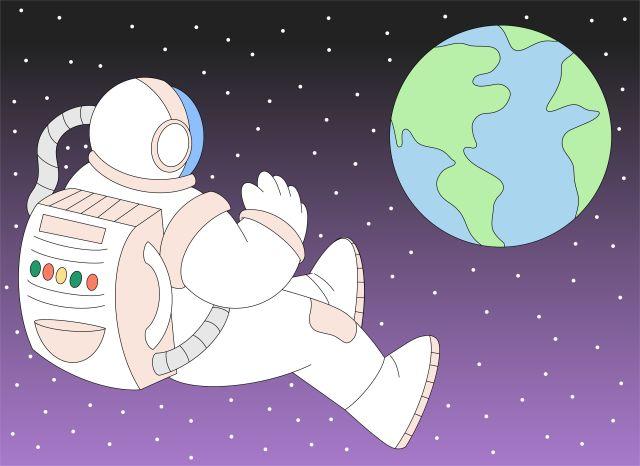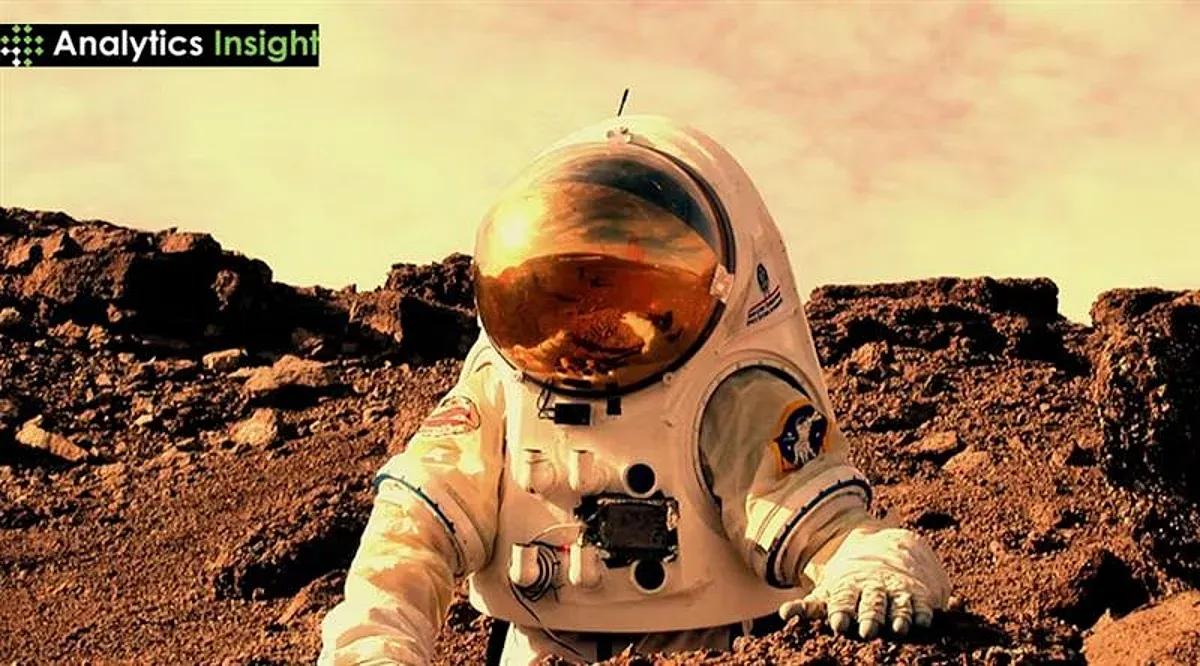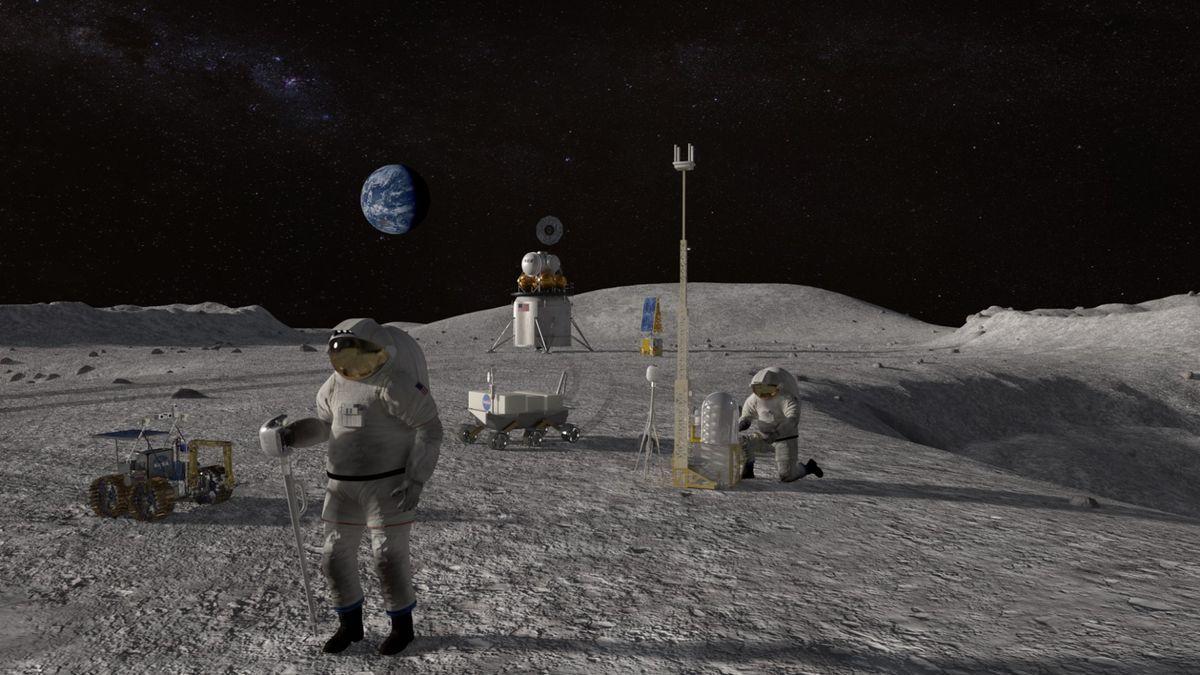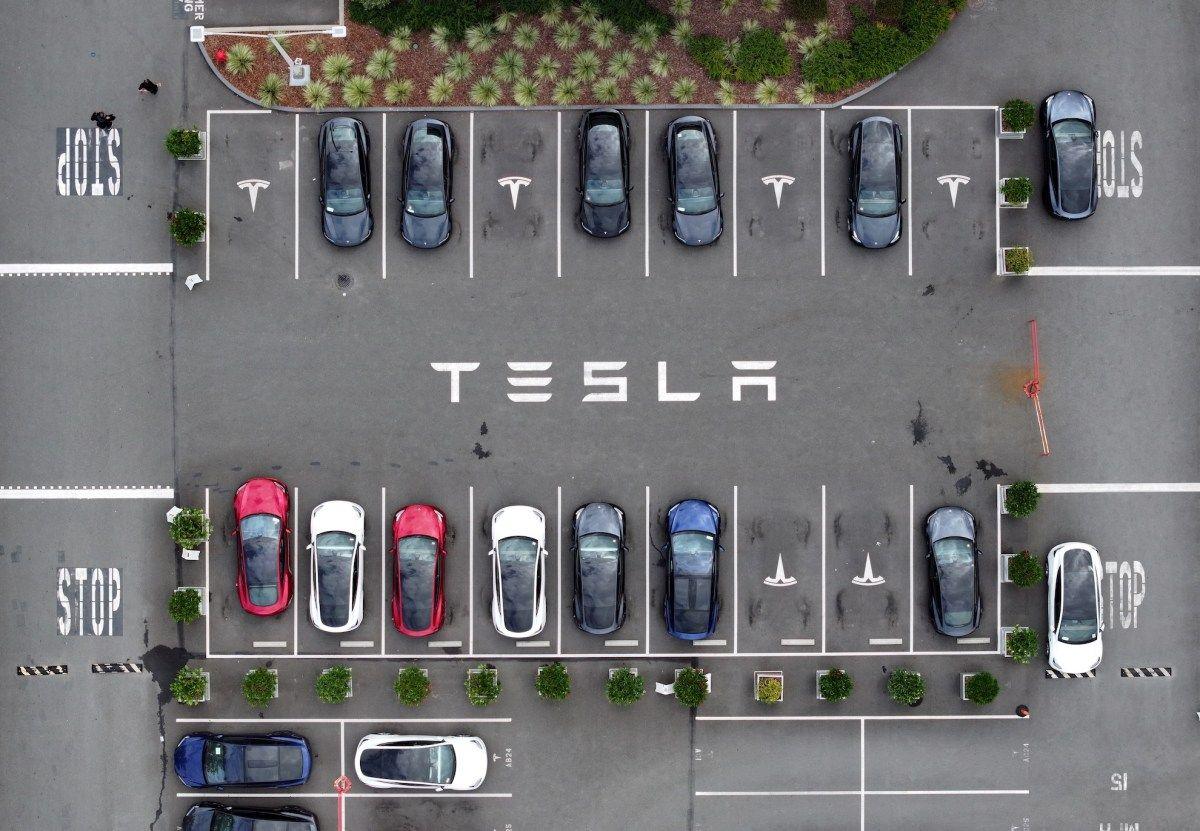NASA and Google Collaborate on AI Medical Assistant for Deep Space Missions
5 Sources
5 Sources
[1]
NASA and Google test AI medical assistant for astronaut missions to the moon and Mars
Astronauts working on the moon as part of the Artemis program (Image credit: NASA) NASA and Google are collaborating to test an AI-powered medical assistant designed to support astronauts on long-duration missions, where communication delays with Earth make real-time medical consultations impossible. NASA, which is committed to a new era of human spaceflight with its Artemis program, is working with Google to test a proof of concept for a Crew Medical Officer Digital Assistant (CMO‑DA), a type of Clinical Decision Support System (CDSS). The digital assistant would provide medical support to astronauts when operating beyond low Earth orbit, such as on missions to the moon and Mars, allowing crews to autonomously diagnose and treat symptoms. "Trained on spaceflight literature, the AI system uses cutting-edge natural language processing and machine learning techniques to safely provide real-time analyses of crew health and performance," Google representatives said in an Aug. 8 statement. According to the statement, early results indicate the possibility of reliable diagnoses based on reported symptoms. NASA and Google are now working with doctors to further test and refine the model. Deep-space missions, including to the moon or Mars, can involve communication delays -- sometimes up to 45 minutes for light-time round-trip for the Red Planet -- making real-time consultations impossible. And a speedy return to Earth is obviously not an option in such cases. An onboard AI assistant could therefore help bridge a critical gap. The technology could also be of use in remote and demanding environments here on Earth, where access to trained medical professionals is limited.
[2]
Google, NASA developing AI tool to treat health problems in space
The 'Crew Medical Officer Digital Assistant' will help medical crews on Earth diagnose astronauts' health issues in space in real time. Google and NASA, the American space agency, are collaborating on an artificial intelligence (AI) tool to address health problems in space, as the United States eyes longer term missions to Mars and the Moon. Called the "Crew Medical Officer Digital Assistant," the automated system will help astronauts and their medical crews on Earth to "diagnose and treat symptoms" in real time during space missions, according to a blog post from Google. The tool will also support flight surgeons, the specialised physicians in space medicine, by giving them data and predictive analytics to aid their decision-making, the post said. The early results for the proof-of-concept project showed "reliable diagnoses based on reported symptoms," and the company is now working with doctors to test and refine the model. The AI digital assistant would give detailed diagnoses and treatment options when astronauts have limited contact with their teams on Earth, the company said. That, Google said, "is becoming increasingly important as NASA missions venture deeper into space". The work comes as NASA prepares to launch the Artemis II and III missions that will bring humans back to the Moon for the first time since the Apollo program in the 1960s. These Moon missions are part of a roadmap to the United States' first Mars missions, which are planned for the 2030s at the earliest. "This innovative system isn't just about supporting space exploration; it's about pushing the boundaries of what's possible with AI to provide essential care in the most remote and demanding environments," Google said. NASA astronauts receive general medical training in cardiopulmonary resuscitation (CPR), behavioural health, basic first aid, and how to use a medical kit. They also learn about specific space-related illnesses, like the effects of carbon dioxide exposure on the body and decompression sickness. Doctors, psychologists, and flight surgeons are part of an on-ground NASA crew that support the health of astronauts before, during, and after space missions, the agency said. Astronauts can access a "robust pharmacy" and medical equipment on the International Space Station (ISS) and are able to return to Earth should they need urgent medical care. However, a 2023 study on independent space medical operations published in the IEEE Open Journal of Engineering in Medicine and Biology noted that astronauts on missions outside of low-Earth orbit (LEO), for example those heading to the Moon or Mars, would not have access to real-time medical support due to communication delays. The Moon is outside of LEO, so the researchers predicted that there will be up to a 10-second communication delay and that any emergency evacuations back to Earth could take as long as two weeks. For multi-year missions to Mars, it becomes even more difficult, the study noted. It would take six months to extract an astronaut in a medical emergency and fly them over 500 million kilometres back to Earth. Plus, any urgent communications would face a delay of up to 40 minutes, which means onboard medical support will have to be "substantially more robust than on ISS," the study found. For a Mars mission to be successful, the medical system would need to "make accurate diagnoses and anticipate the questions of specialists on the ground ... [to] limit the need for repeated back and forth exchanges," the authors said.
[3]
NASA Teams Up With Google to Build an A.I. Doctor for Astronauts in Space
Future spaceflights will stretch longer and venture deeper into the cosmos, meaning astronauts will more likely need medical care in space. It's an exciting time for space research as NASA eyes a future of longer and more ambitious space missions to the Moon, Mars and beyond through programs like the Artemis program. But venturing deeper into the cosmos also means astronauts will be farther from Earth -- and therefore from medical professionals, equipment and real-time advice they might need. Sign Up For Our Daily Newsletter Sign Up Thank you for signing up! By clicking submit, you agree to our <a href="http://observermedia.com/terms">terms of service</a> and acknowledge we may use your information to send you emails, product samples, and promotions on this website and other properties. You can opt out anytime. See all of our newsletters To bridge that gap, NASA is partnering with Google to test an A.I. medical assistant for long-duration missions. Known as the Crew Medical Officer Digital Assistant (CMO-DA), the multi-modal tool is designed to diagnose conditions, analyze symptoms and recommend treatments when contact with Earth-based medical experts isn't possible. "Supporting crew health through space-based medical care is becoming increasingly important as NASA missions venture deeper into space," said Jim Kelly, vice president of federal sales for Google's public sector arm, in a recent blog post. As the agency prepares to expand its horizons, it's also exploring "whether remote care capabilities can deliver detailed diagnoses and treatment options if a physician is not onboard or if real-time communication with Earth is limited," he added. "Currently, Low Earth Orbit (LEO) missions such as those to the [ISS] have frequent and relatively robust connectivity," said David Cruley, customer engineer for Google's public sector division, in a statement to Observer. "However, as distance from the Earth increases, so will latency and communication gaps." Future NASA spaceflights will stretch far longer than most of the agency's current missions, which are primarily trips to the International Space Station (ISS) lasting around six months. Astronauts bound for the ISS are assigned flight surgeons (physicians with specialized training in space medicine), can regularly communicate with people on Earth, have access to a pharmacy and extensive medical equipment, and can return home quickly if urgent care is needed These safeguards have helped NASA manage unexpected medical issues in the past. In 2019, for example, an astronaut on the ISS discovered a blood clot was able to conduct an ultrasound guided by Earth-based radiologists, take medication stocked on the station, and receive resupplies as needed. The astronaut was asymptomatic soon after returning to Earth. How does an A.I. space doctor work? CMO-DA will draw on spaceflight literature, natural language processing and machine learning to provide real-time medical support. Built on Google Cloud's Vertex A.I. platform, it was trained on open-source data covering the 250 most common medical issues encountered in space. Early trials have produced promising results. When tested on scenarios involving ankle injury, flank pain and ear pain, physicians scored the assistant's diagnostic accuracy at 88 percent, 74 percent and 80 percent, respectively, according to a NASA presentation outlining the project. The initiative is still in its early stages, with NASA and Google focusing on further testing and refining the system through collaboration with medical doctors. "A key goal is to make the A.I. more 'situationally aware' of space-specific conditions," said Cruley, noting that Google aims to ensure future versions can account for the effects of microgravity on the human body and integrate data from onboard devices such as ultrasound imaging. CMO-DA is meant to support -- not replace -- human experts, according to NASA. The tool will "assess health, provide real-time diagnostics and guide treatment until a medical professional is available," the agency said, describing it as having "the potential to ultimately assist agency flight surgeons." Its uses won't be limited to space. "The idea of an A.I. digital health assistant is portable to Earth-based applications," said Cruley. "Lessons learned could be applied to providing quality medical care in remote or underserved areas with limited access to healthcare professionals."
[4]
Google Teams With NASA On AI 'Space Doctor' To Diagnose, Treat Astronauts On Moon, Mars Missions Where Real-Time Earth Contact Isn't Possible - Alphabet (NASDAQ:GOOG), Alphabet (NASDAQ:GOOGL)
Alphabet Inc. GOOGL GOOG is collaborating with NASA to develop an artificial intelligence medical assistant designed to diagnose and treat astronauts during extended space missions where real-time Earth communication isn't feasible. AI System Addresses Critical Gap In Deep Space Medicine The Crew Medical Officer Digital Assistant (CMO-DA) represents a significant advancement in space-based healthcare as NASA prepares for longer missions through programs like Artemis, the Observer reported. Unlike current Low Earth Orbit missions to the International Space Station, future Mars expeditions will face communication delays and limited connectivity with Earth-based medical professionals. "Supporting crew health through space-based medical care is becoming increasingly important as NASA missions venture deeper into space," said Jim Kelly, vice president of federal sales for Google's public sector arm. The system addresses whether "remote care capabilities can deliver detailed diagnoses and treatment options if a physician is not onboard or if real-time communication with Earth is limited." See Also: Mohamed El-Erian Warns On China-US Tariff Truce As Trump Cites 'Very Good Relationship' With Xi Jinping -- Long-Term Calm 'Far From Guaranteed' Technical Architecture And Performance Metrics Built on Google Cloud's Vertex AI platform, CMO-DA utilizes natural language processing and machine learning, trained on open-source data covering the 250 most common medical issues encountered in space. Early testing shows promising results: physicians rated diagnostic accuracy at 88% for ankle injuries, 74% for flank pain, and 80% for ear pain, according to NASA presentations. The multi-modal tool draws on spaceflight literature to provide real-time medical support, designed to "assess health, provide real-time diagnostics and guide treatment until a medical professional is available," NASA stated. Market Implications For Space Commerce This partnership comes as SpaceX valuation discussions and NASA budget considerations shape the commercial space sector. Elon Musk recently dismissed reports of SpaceX reaching $480 billion valuation, calling it "too high," while predicting SpaceX's 2026 revenue will exceed NASA's $18.8 billion budget. Read Next: S&P 500 Earnings Revisions Hit Highest Positive Momentum Since 2021: What's Behind This Rising Bullish Sentiment Among Executives? Disclaimer: This content was partially produced with the help of AI tools and was reviewed and published by Benzinga editors. Photo Courtesy: JHVEPhoto on Shutterstock.com GOOGAlphabet Inc$201.49-0.07%Stock Score Locked: Want to See it? Benzinga Rankings give you vital metrics on any stock - anytime. Reveal Full ScoreEdge RankingsMomentum71.03Growth73.36Quality85.58Value50.36Price TrendShortMediumLongOverviewGOOGLAlphabet Inc$200.87-0.06%Market News and Data brought to you by Benzinga APIs
[5]
NASA and Google Build AI Medical Assistant for Deep-Space Missions
NASA and Google join forces on a bold leap in space health technology. The joint effort aims to equip astronauts with autonomous medical support during future deep-space missions. The tool, known as Crew Medical Officer Digital Assistant (CMO-DA), promises reliable health aid when ground contact lags or onboard doctors cannot be present. The AI system uses natural language processing and machine learning to analyze symptoms and guide crew medical officers. It works through speech, text, and image inputs. Google hosts CMO-DA on in the cloud. NASA retains full ownership of its source code and contributes actively to refining the models. Early trials in simulated scenarios show strong diagnostic performance that was evaluated by a panel of physicians and an astronaut. The tool reached 88% accuracy with an ankle injury case. It managed 80% in ear pain and 74% in flank pain. These results offer a glimpse of how an AI medical assistant can ensure crew safety when Earth-based help cannot respond fast enough.
Share
Share
Copy Link
NASA and Google are developing an AI-powered medical assistant to support astronauts on long-duration missions to the Moon and Mars, where real-time communication with Earth is impossible.
NASA and Google's Collaborative AI Medical Assistant
NASA and Google have joined forces to develop an innovative AI-powered medical assistant designed to support astronauts on long-duration missions to the Moon and Mars. This collaboration aims to address a critical challenge in deep space exploration: providing medical care when real-time communication with Earth is impossible
1
2
.
Source: Observer
The Crew Medical Officer Digital Assistant (CMO-DA)
The AI system, named the Crew Medical Officer Digital Assistant (CMO-DA), is a type of Clinical Decision Support System (CDSS) that utilizes cutting-edge natural language processing and machine learning techniques
1
. Built on Google Cloud's Vertex AI platform, the CMO-DA is trained on spaceflight literature and open-source data covering the 250 most common medical issues encountered in space3
4
.Key features of the CMO-DA include:
- Real-time analysis of crew health and performance
- Diagnosis and treatment recommendations based on reported symptoms
- Multi-modal input capabilities, including speech, text, and image
5
Early Results and Testing
Early trials of the CMO-DA have shown promising results:
- 88% diagnostic accuracy for ankle injuries
- 80% accuracy for ear pain
- 74% accuracy for flank pain
3
4
These results were evaluated by a panel of physicians and an astronaut, demonstrating the potential reliability of the system
5
. NASA and Google are now collaborating with doctors to further test and refine the model1
.
Source: Analytics Insight
Addressing Deep Space Medical Challenges
The development of the CMO-DA is crucial for future deep space missions, where communication delays with Earth can be significant:
- Moon missions: Up to 10-second communication delay
- Mars missions: Up to 40-minute communication delay
2
These delays make real-time medical consultations impossible, and emergency evacuations can take anywhere from two weeks (Moon) to six months (Mars)
2
. The AI assistant aims to bridge this critical gap by providing autonomous medical support.Related Stories
Broader Applications and Future Development
While primarily designed for space missions, the CMO-DA has potential applications in remote and demanding environments on Earth where access to trained medical professionals is limited
1
. Google and NASA are working to make the AI more "situationally aware" of space-specific conditions, including the effects of microgravity on the human body3
.Collaboration and Ownership

Source: Space
The partnership between NASA and Google leverages each organization's strengths:
- Google hosts the CMO-DA in the cloud
- NASA retains full ownership of the source code
- Both parties actively contribute to refining the models
5
As NASA prepares for ambitious missions through programs like Artemis, the CMO-DA represents a significant advancement in space-based healthcare. It is designed to support, not replace, human experts, assessing health, providing real-time diagnostics, and guiding treatment until a medical professional is available
3
4
.This collaboration between NASA and Google marks a bold leap in space health technology, potentially revolutionizing medical care for astronauts and paving the way for safer, longer-duration space exploration.
References
Summarized by
Navi
[5]
Related Stories
Google Enhances Health-Related Features with AI Integration in Search and Android
19 Mar 2025•Technology

NASA Employs AI and Machine Learning to Enhance Mars Exploration
17 Jul 2024

NASA and Microsoft Launch Earth Copilot: AI-Powered Tool to Democratize Access to Earth Science Data
15 Nov 2024•Technology

Recent Highlights
1
OpenAI releases GPT-5.2 AI model after code red memo targets Google's Gemini 3 threat
Technology

2
Disney invests $1 billion in OpenAI, licenses 200+ characters for Sora AI video generator
Technology

3
OpenAI faces wrongful death lawsuit after ChatGPT allegedly fueled murder-suicide tragedy
Policy and Regulation





